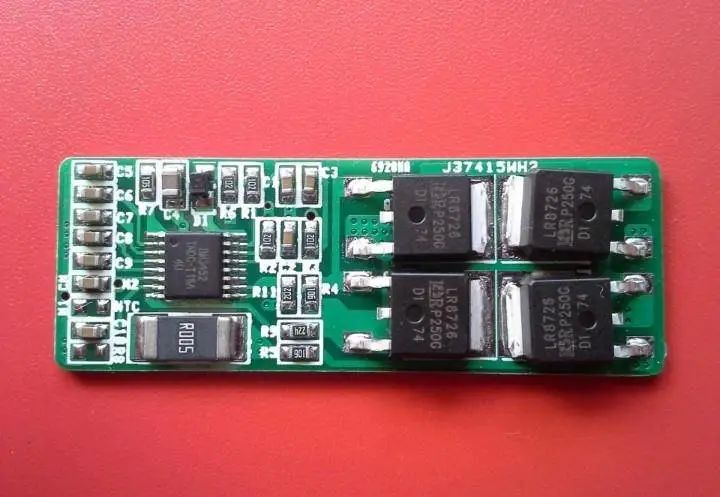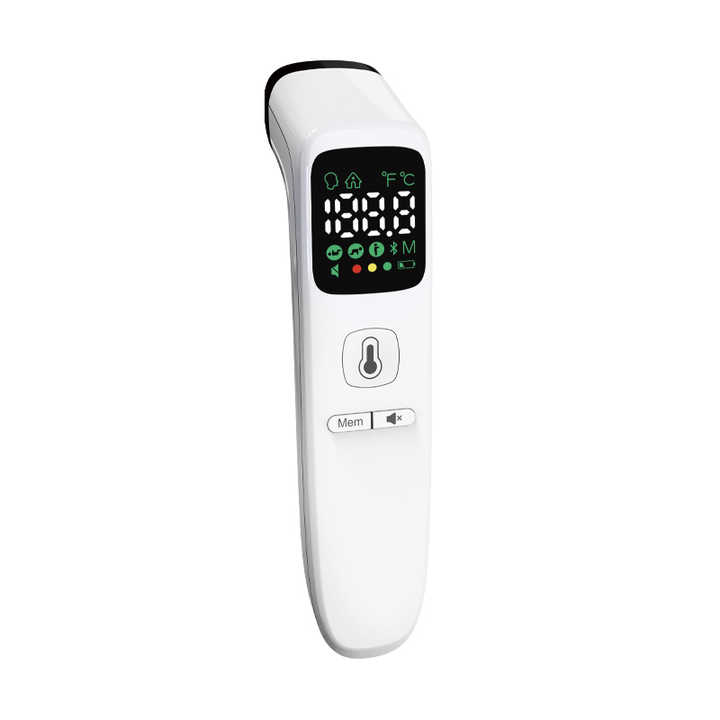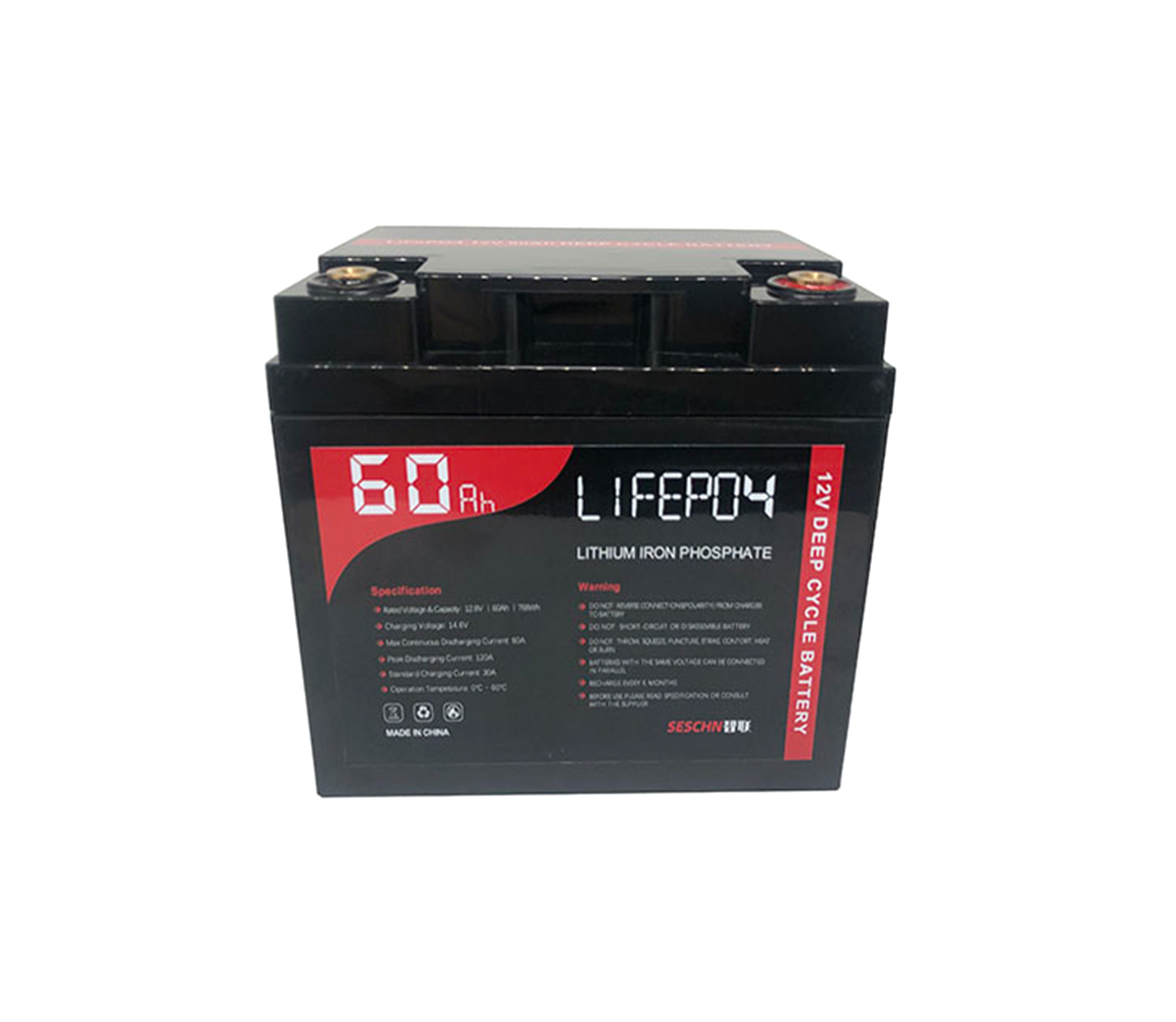What are the components and functions of the protection board in the
lithium battery combination? What is the difference between overcurrent
protection and short circuit protection?
The lithium battery protection board is an integrated circuit board
specially designed for lithium batteries. It is almost an inevitable partner
with lithium batteries. The reason is very simple. The chemical characteristics
of lithium batteries themselves determine the harsh conditions of use (of
course, this is relative to lead-acid batteries.) For batteries): cannot be
overcharged, overdischarged, overcurrent, short circuit and ultra-high
temperature.
SES Power's lithium battery products often use BMS or PCM with different
specifications and performance. Some BMSs have RS485, CANBus and other
communication protocols, which are more intelligent. For example, they use
square lithium iron phosphate cells, which can directly replace lead in the same
size. Acid battery 12V100Ah, 12V200Ah, 24V100AH, string energy storage system,
wall-mounted home energy storage system, etc. Below, our senior engineers
briefly explain the composition and basic principles of PCM for you.
The lithium battery protection board is usually composed of a control IC, a
switch tube, precision resistors, NTC, PTC, ID memory, etc. The control IC
controls the switch tube to conduct when the lithium battery pack is normal, so
that the cell communicates with the external circuit. When the cell voltage or
loop current and temperature exceed the specified value, it immediately (tens of
milliseconds) controls the switch to turn off to protect the safety of the
cell.

NTC is the abbreviation of Negative temperature coefficient, that is, a
negative temperature coefficient resistor. When the ambient temperature
increases, its resistance value decreases. The ID memory is often a single-line
interface memory. The ID memory stores information such as the type of lithium
battery pack, production date, etc., which can be used for product traceability
and service life information.
PTC is the abbreviation of Positive Temperature Coefficient in English. It
is a positive temperature coefficient resistance. PTC in the lithium battery
pack can prevent the high temperature discharge of the lithium battery pack and
the occurrence of unsafe high current. According to the voltage, current density
characteristics and application environment of the lithium battery pack, there
are special requirements for PTC.
The functions of overcharge protection, overdischarge protection, and
temperature protection of PCM are relatively simple, and we will not explain
them in detail. However, many engineers do not have a very correct understanding
of over-current protection and short-circuit protection. We will focus on these
two points.

Overcurrent protection: Overcurrent protection of lithium battery pack
Definition: When the output current of the battery pack P+ and P- exceeds the
overcurrent/short circuit current value and reaches the overcurrent delay, the
control circuit controls the discharge switch to turn off the discharge circuit
and stop discharging. Excessive current requires a continuous process to
generate heat accumulation. Therefore, there are generally two protections for
overcurrent. The setting value of the first protection is relatively small, the
delay time is relatively long, and the setting value of the second protection is
relatively large, the delay time is very short. When the overcurrent protection
is activated, the loop current instantly becomes 0A. To restore the protection
state, there are generally two conditions:
1) No manual intervention is required. After a period of time, the circuit
is automatically opened. If it is still in the overcurrent state at this moment,
the lithium battery pack will enter the protection again. If the overcurrent is
removed, the lithium battery pack will enter the working state.
2) Manual intervention is required. After the load or charger is removed,
manually reset the overcurrent protection.
During the normal discharge process of the lithium battery pack to the
load, when the discharge current passes through the two switch tubes in series,
a voltage will be generated at both ends of the switch tube due to the
on-resistance of the switch tubes. The voltage value U=I×RDS×2 (RDS is the
on-resistance of a single switch tube), the control IC detects the voltage
value. If the load is abnormal for some reason, the loop current will increase.
When the loop current is large enough to make U > 0.1V (this value is
determined by When the control IC determines that different ICs have different
values), the control IC turns Q1 from on to off, thereby cutting off the
discharge loop, making the current in the loop zero, and playing an overcurrent
protection role.

There is a delay time between the control IC detects the occurrence of
overcurrent and sends the shutdown signal. The length of the delay time is
determined by C2, usually about 13 milliseconds, to avoid misjudgment caused by
interference. In the above control process, the overcurrent detection value
depends not only on the control value of the control IC, but also on the
on-resistance of the switch. the smaller the value.

Short-circuit protection: In fact, it is also a kind of over-current
protection, but when the system is short-circuited, the current will
theoretically become infinite, so the heat generated is infinite. If you want to
wait until the software responds to protect, the lithium battery pack may be
Therefore, the short-circuit protection is generally triggered automatically by
hardware, and a signal can be sent to the control IC after triggering.
When the output currents of the lithium battery packs P+ and P- exceed the
short-circuit current value and reach the short-circuit delay, the control
circuit controls the discharge switch to turn off the discharge circuit and stop
discharging. Short-circuit protection is a limit form of over-current
protection. Its control process and principle are the same as over-current
protection. Short-circuit protection is equivalent to adding a small resistance
(about 0Ω) between P+ and P- to make the protection board. The load current
reaches the set value instantaneously, and the protection board immediately
triggers short-circuit protection.






































